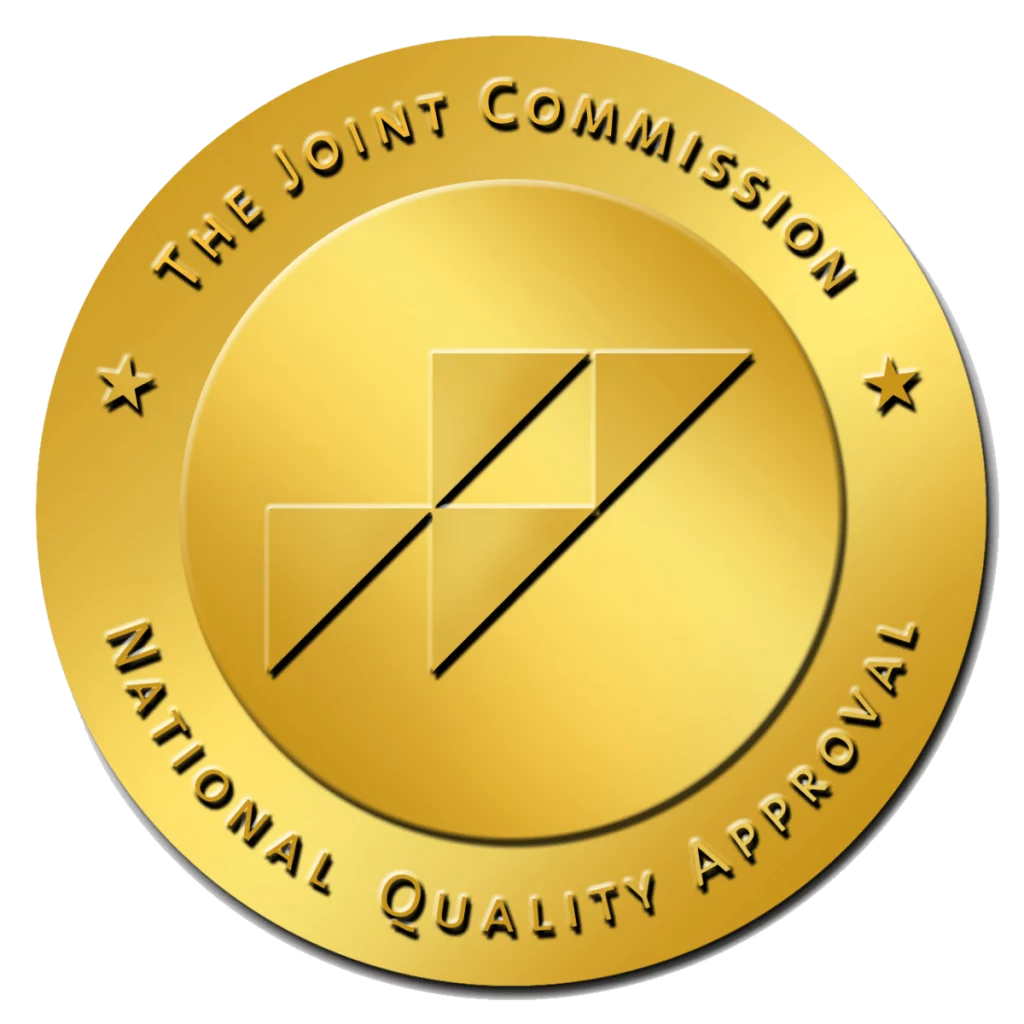Group therapy is commonly recommended for people suffering from depression, bipolar disorder, schizophrenia, or a dual diagnosis. If this is your first time seeking mental health treatment, you may be wondering what to expect. Let’s explore how this collaborative approach to healing can help you learn to manage your symptoms and improve your overall well-being.
What Can You Expect at a Group Therapy Session?
It’s normal if you’re feeling a bit apprehensive about starting group therapy, but there’s nothing to worry about. You won’t be pressured to share private info, and all participants will be expected to agree to confidentiality.
The structure of group therapy sessions depends on the specific type of group and the therapist’s approach, but here’s a general overview of what you can typically expect:
- Introductions. New members will be welcomed to the group. Participants might share how they’re feeling or any significant events since the last session.
- Agenda. The therapist might outline topics for discussion or ask if anyone has specific issues they’d like to address.
- Group discussion. The bulk of the group therapy session involves open discussion. Members share their experiences, challenges, and feelings. Others listen and may offer support or feedback.
- Skill-building exercises. Some sessions include activities designed to teach coping skills, communication techniques, or other practical tools.
- Therapist guidance. The therapist leads the discussion, offers insights, and keeps the group focused.
- Sharing and feedback. Members share their thoughts and provide feedback to others. Feedback is respectful and judgment-free.
- Problem-solving. The group might work together to help a member tackle a specific problem or challenge.
- Closing and homework. Sessions often end with a summary of key points. They might include homework assignments or goals for members to work on between sessions.
What Are the Benefits of Group Therapy?
The overall goal of group therapy is to create a supportive environment for personal growth and healing. The benefits of this approach are outlined in Yalom’s therapeutic factors, a set of elements identified by psychiatrist Irvin D. Yalom.
Yalom, a pioneer in group psychotherapy, developed this framework based on his extensive clinical experience and research. He identified 12 primary therapeutic factors:
- Universality. You’ll realize you’re not alone in your struggles when other members of the group share similar experiences and feelings.
- Altruism. Helping others in the group boosts your self-esteem—moving you from being helped to being a helper.
- Instillation of hope. You’ll gain optimism for your own mental health recovery by witnessing the progress of others in the group.
- Imparting information. The therapist and other group members will share valuable knowledge about mental health, coping strategies, and life skills.
- The corrective recapitulation of the primary family experience. You’ll have the opportunity to revisit and heal from any troubling family-of-origin issues within the safe confines of the group.
- Development of socialization techniques. You’ll learn and practice new ways of interacting with others in a supportive environment.
- Imitating behavior. By observing and emulating other group members, you’ll gain new coping mechanisms and interpersonal skills.
- Cohesiveness. You’ll experience a sense of belonging and acceptance—which can be healing in itself.
- Existential factors. You’ll confront fundamental life issues such as responsibility, mortality, and the search for meaning—leading to greater self-understanding.
- Catharsis. You’ll have the opportunity to express and process intense emotions in a safe, supportive setting.
- Interpersonal learning. You’ll get feedback about your behavior and its impact on others. Over time, this leads to improved self-awareness.
- Self-understanding. You’ll gain deeper insights into your own thoughts, feelings, and behaviors, uncovering unconscious patterns and motivations that influence your life.
What Other Treatment Options Are Available?
Unfortunately, there’s no “one-size-fits-all” approach to treating mental health disorders. The journey to healing typically involves several different therapeutic approaches. For example, group therapy is often combined with individual therapy, family therapy, and recreation therapy. Medication may also be recommended.
You will work with your treatment team to create an approach that’s tailored to your individual needs, preferences, and goals. This personalized plan will consider factors such as:
- Your specific diagnosis or symptoms
- Your personal history and life experiences
- Your strengths and challenges
- Your support system and environment
- Your treatment preferences and comfort levels
It’s also important to consider that your treatment plan isn’t set in stone. As you progress, your needs may change, and your treatment should evolve accordingly.
Begin Your Journey of Healing at Raleigh Oaks
Seeking help isn’t a sign of weakness—it’s a declaration of your commitment to becoming the best version of yourself. You have the strength within you to face your challenges. The team at Raleigh Oaks Behavioral Health has the expertise to help you harness that strength.
Don’t let another day pass without taking action. Contact us today to learn more about the comprehensive treatment options available at our Garner, North Carolina facility or to request a free, confidential assessment.






